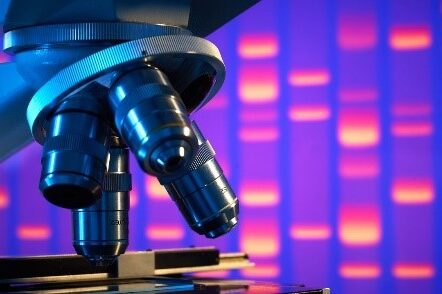
In the world of microbiology, understanding the relationship between genotype and phenotype is crucial for advancing wastewater treatment technologies. Bacterial gene expression plays a pivotal role in this dynamic, influencing how genetic information translates into observable traits and behaviors. This blog post delves into the intricacies of bacterial gene expression and its impact on phenotype versus genotype.
Genotype: The Genetic Blueprint
The genotype of an organism refers to its specific genetic constitution. In bacteria, this genetic framework includes DNA sequences that act as blueprints for synthesizing proteins, enzymes, and other molecules essential for various biological functions. These genetic codes determine the potential traits of the organism, but they do not always directly translate into observable characteristics.
Phenotype: The Observable Traits
The phenotype represents the physical and functional manifestation of the genetic code. Observable characteristics such as cell shape, metabolic activities, and resistance to environmental stressors are all part of the phenotype. Unlike the static nature of the genotype, the phenotype is dynamic and can be influenced by environmental factors, regulatory mechanisms, and gene expression patterns.
Gene Expression: The Bridge Between Genotype and Phenotype
Gene expression is the process by which information from a gene is used to synthesize a functional gene product, typically proteins. In bacteria, gene expression is a highly controlled and intricate process influenced by various factors, including the genomic position of a gene, environmental conditions, and the growth stage of the organism. This regulation ensures that genes are expressed at the right time, in the right place, and in the right amount, ultimately shaping the phenotype.
Impact on Wastewater Treatment
In wastewater treatment, understanding bacterial gene expression is vital for optimizing microbial processes that degrade pollutants and remove contaminants. By manipulating gene expression, scientists can enhance the efficiency of bacterial strains used in bioremediation, leading to more effective and sustainable wastewater treatment solutions. For example, overexpressing genes involved in the degradation of specific pollutants can improve the bacteria’s ability to break down harmful substances. Aster Bio’s research into how environmental conditions impact phenotype (genetic expression), is improving our ability to fine tune biomass performance and improve effluent quality.
The interplay between genotype and phenotype, mediated by gene expression, is a fundamental aspect of bacterial biology that has significant implications for wastewater treatment. By unraveling the complexities of gene expression, researchers can develop innovative strategies to harness the full potential of bacteria in environmental applications. As we continue to explore this fascinating field, the possibilities for improving wastewater treatment and other biotechnological processes are endless.
